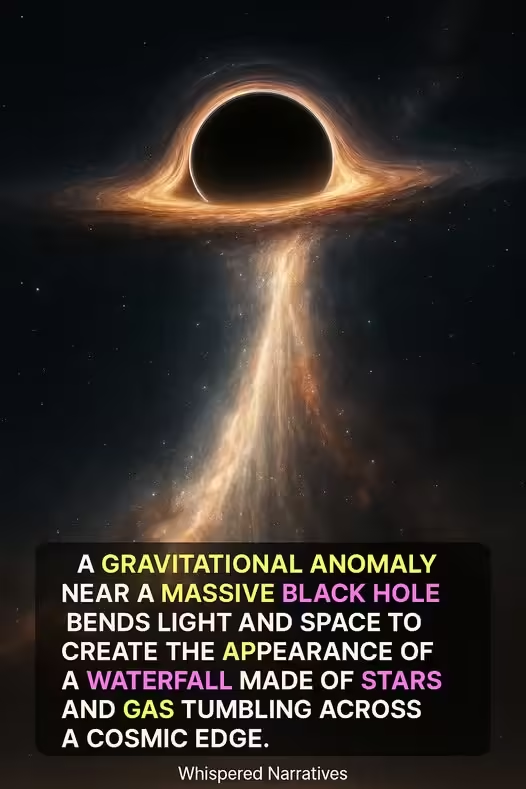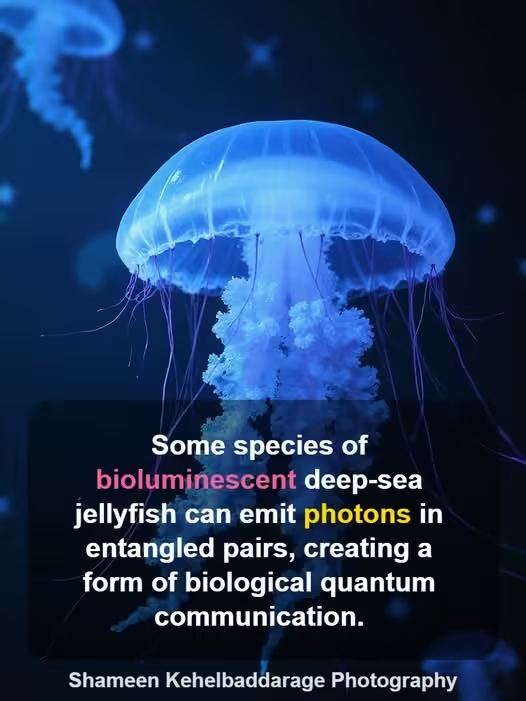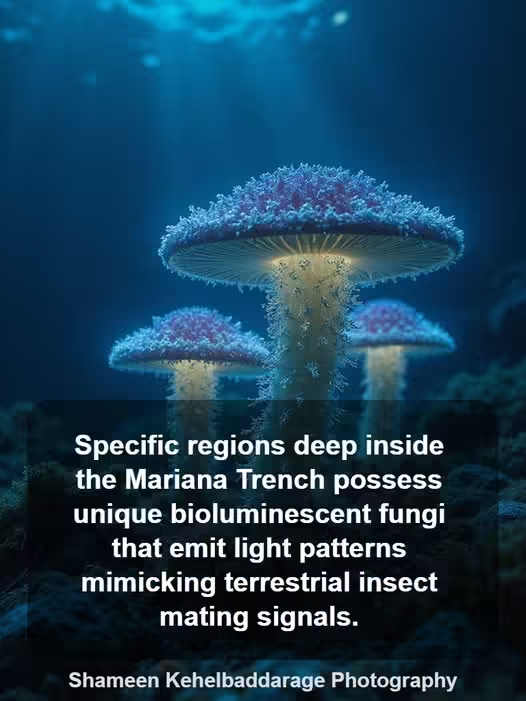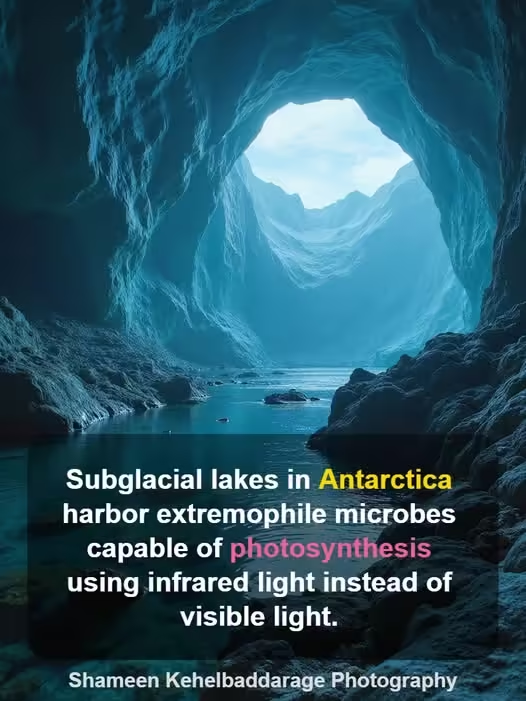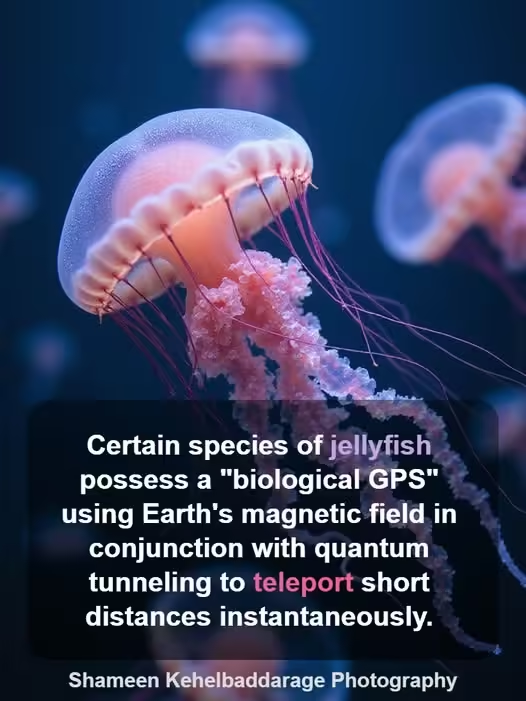
Fulgurites: Earth’s Lightning-Forged Glass Sculptures
When lightning strikes the Earth, it leaves behind more than a flash and a thunderclap—it can also leave a hidden, glassy fingerprint. Deep in the soil or buried within sandy dunes, nature sometimes forges an extraordinary artifact known as a fulgurite—a delicate, lightning-formed glass that captures the path of one of nature’s most powerful forces.
While they may resemble fragile tubes of stone or petrified roots, fulgurites are physical evidence of a moment when the sky met the ground in a surge of unimaginable energy. These rare and beautiful formations offer scientists, collectors, and nature lovers alike a stunning glimpse into the explosive union between atmosphere and earth.
What Is a Fulgurite?
A fulgurite is a naturally occurring glass structure formed when lightning strikes loose, silica-rich ground—typically sand, soil, or rock. The immense energy and heat of a lightning bolt can instantly melt the material it strikes, fusing grains of sand together into an irregular, tubular formation of glass.
The word fulgurite comes from the Latin fulgur, meaning “lightning.” These formations are sometimes nicknamed “petrified lightning” because they represent a frozen trace of lightning’s path into the Earth.
Each fulgurite is unique, shaped by the bolt’s direction, strength, and the composition of the ground it hits. Some are thin, hollow tubes resembling branching roots; others are solid and dense, forming glassy nodules or columns.
How Fulgurites Form
When lightning strikes the ground, it releases an extraordinary amount of energy in an instant. A typical bolt carries over 1 billion volts of electricity and reaches temperatures of more than 30,000°C (54,000°F)—hotter than the surface of the Sun.
This extreme heat vaporizes water and fuses minerals within the sand or soil into a molten state. Almost as quickly as they melt, the materials cool and solidify into a glassy tube, often tracing the shape of the lightning’s path as it burrows downward. These glass formations are usually hollow in the center, marking where the channel of ionized air—the lightning’s core—passed through.
The entire process, from strike to formation, happens in a fraction of a second.
Types and Characteristics of Fulgurites
Fulgurites can be classified into five basic types based on the material in which they form:
Type I – Formed in sand (most common).
Type II – Formed in soil.
Type III – Formed in caliche (calcium carbonate-rich soil).
Type IV – Formed in rock.
Type V – Droplet or splash fulgurites from surface materials.
Most fulgurites are brittle, branching tubes that can range from a few centimeters to several meters in length. They typically have a rough, sandy exterior and a smooth, glassy interior. Their colors vary depending on the mineral composition of the soil—commonly grey, tan, greenish, or black.
Some fulgurites can be as small as a pencil or as large as a tree root. The largest fulgurite ever discovered was reportedly over 5 meters (16 feet) long.
Why Fulgurites Fascinate Scientists
Fulgurites are not only beautiful—they are also scientifically valuable. These natural glass structures provide a physical record of a lightning strike, something rarely preserved in the geological record.
Researchers study fulgurites to:
Understand the behavior of lightning: Their shape and composition reveal the movement, branching, and intensity of lightning strikes.
Study ancient weather patterns: Some fulgurites date back thousands or even millions of years, helping scientists reconstruct prehistoric lightning activity and atmospheric conditions.
Investigate shock chemistry: Fulgurites show how extreme heat and pressure affect minerals, simulating conditions similar to meteorite impacts or even early planetary environments.
Some scientists believe fulgurites could even offer clues about the origins of life, as high-energy lightning may have helped spark chemical reactions in Earth’s primordial soup.
A Collector’s Dream
Because of their beauty, rarity, and uniqueness, fulgurites are highly prized by collectors and hobbyists. No two are the same, and their fragile, otherworldly shapes make them stand out among natural curiosities.
Fulgurites are commonly found in sandy deserts, beaches, and arid regions where lightning frequently strikes open, silica-rich ground. They’ve been unearthed in places like the Sahara Desert, Florida, the American Southwest, and even the Gobi Desert.
Finding a fulgurite requires patience and a bit of luck. Since they often form underground, they’re not always visible at the surface. Some are discovered accidentally during excavation or after a particularly powerful storm.
Because of their fragility, care must be taken when excavating fulgurites. Attempting to dig them out with tools can easily shatter the structure.
Fulgurites and Folklore
Long before they were understood scientifically, fulgurites were objects of wonder and legend. In various cultures, they were thought to be:
Sacred artifacts left by gods or spirits.
Good luck charms believed to protect from future lightning strikes.
Magical conduits carrying energy from the heavens to Earth.
Their ghostly shapes and mysterious origins made them objects of fascination in ancient societies—and they continue to inspire awe today.
Modern Uses and Artistic Appeal
While fulgurites aren’t used in technology or manufacturing, they’ve inspired artists, jewelers, and educators. Some use fulgurite fragments to craft unique jewelry or display pieces. Others showcase them in museums to teach about lightning, geology, and natural glass.
Fulgurites are also used in classrooms and laboratories to explain natural glass formation, thermal shock, and energy transfer—concepts that apply to everything from volcanic eruptions to planetary geology.
A Reminder of Nature’s Power
What makes fulgurites so captivating is that they embody an instant of pure natural force—one that’s otherwise invisible and fleeting. Lightning lasts mere milliseconds, but a fulgurite preserves its path, frozen in glass.
They remind us that even the most ephemeral natural phenomena can leave behind lasting, tangible traces. Each fulgurite tells a story: of a stormy sky, a split-second strike, and the raw energy that transformed loose grains of sand into a shimmering sculpture.
Conclusion: Lightning’s Hidden Legacy
In a world filled with high-tech wonders, it’s easy to overlook the silent, natural marvels that lie beneath our feet. Fulgurites are among these hidden treasures—formed not by machines or design, but by the unpredictable fury of the sky.
Whether studied by scientists, treasured by collectors, or admired for their sheer beauty, fulgurites serve as crystalline reminders of Earth’s power, history, and mystery. Formed in a flash, shaped by chaos, and preserved in glass, they are nature’s lightning-written signature on the ground below.



